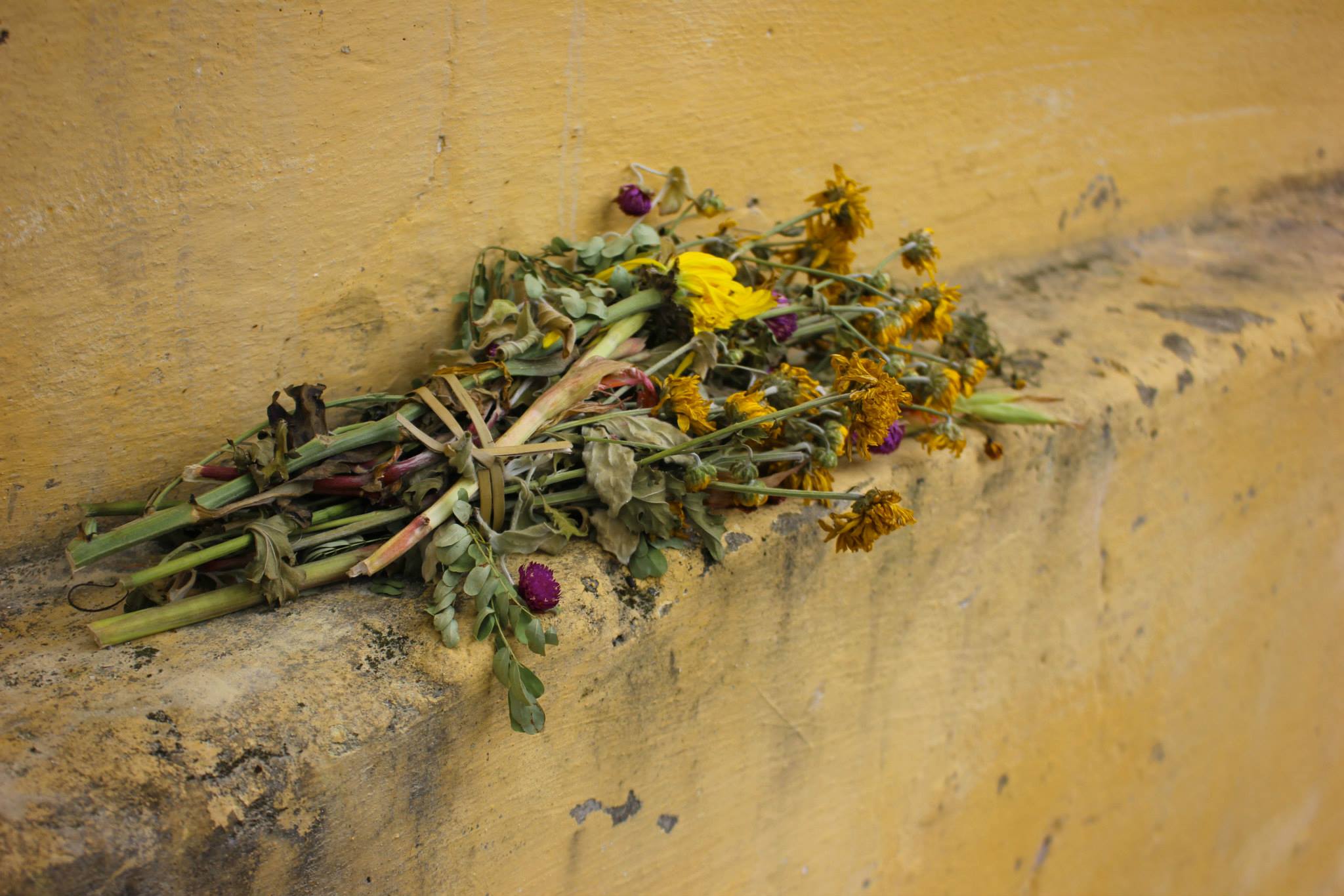Putting aside the more metaphorical components of my intended project – what analogies I hope to draw and the conclusions I wish to make – I also need to focus upon the aesthetic qualities that will shape the content to help produce the desired outcome. While this concept of examining the intersection of East versus West is the backbone of my project, the various ways in which I shape my representation of place and person are the necessary organs to make the whole piece work.
As part of this research process I have turned to the work of two esteemed directors and cinematographers – whom both satisfy the tenets of very distinct styles – to analyse how their work is so visually appealing and impactful. These films are completely distinct from one another, in technique and content. Yet, interestingly, they both lend powerful instruction in terms of the affordances of film to convey your subject, specifically in reference to space, location and context.
More importantly, this research forces me to ask, what are the techniques that I, myself, can employ to create impact and a deep impression upon the audience? How can I push the envelope open, rather than producing a piece that prescribers to the standard documentary format?
Marie Antoinette (2016), filmed by Sophie Coppola, is shot beautifully and has always stood out to me, especially from a visual standpoint. But I had to ask, what is it about her work that leaves this impression, even after the film has finished? (In fact, I first saw the film ten years ago and am still as impressed now with its pastel colour pallet, natural lighting schemes and quirky soundtrack as what I was then).
Coppola combines together techniques that, independent from one another, are nothing spectacular or awe-aspiring. Yet, when interwoven within the one film, create this delicate scene-scape that deviates so far from any cliche representation that had previously claimed that particular period of time, as via the film medium.
First and foremost, Coppola’s employment of organic lighting yields an incredible and aw-aspiring result, a signature in her storytelling and filmmaking, creating a dreamlike atmosphere. This isn’t to mention Coppola’s exciting use of colour which works harmoniously alongside her approach to lighting. Film critic, Jacob T. Swinney, wrote of how, in Marie Antionette, “the fanciful nature shots portray a longing for freedom and self-fulfilment. Coppola crafts these dreamscapes to show us not only who her characters are, but who they want to be” (Dean, 2015). This methodology – using light within a nature scene in such a manner – is highly pertinent to my intended project, given that my short documentary will look at somewhat “philosophical” content.
Delving deeper than mere image, her selection of soundtrack is phenomenal and, in the case of Marie Antionette, makes a break from convention. I don’t know if the use of quirky music will be appropriate to my project, but it’s definitely something to retain in my arsenal and keep in mind, should it be appropriate to do so.
All in all, the content between Coppola’s beloved Marie Antionette and my examination of the blending of Eastern and Western cultures is totally removed from and irrelevant to one another. Yet, while this may be the case, the form by which said content is captured, could easily be the same. Coppola successfully interrogates, in particular, organic light, natural scene-scapes and an appealing spectrum of pastel colours which are all techniques I intend to use to capture the Heavenly Queen Temple and the story of my subject.
Next up was a totally different type of film but, nonetheless, aesthetically (at least in my humble opinion) incredible. In the Mood for Love, by Wong Kar Wai, is a bittersweet tale of the unfortunate power that societal norms can have in obstructing love. But, much like Coppola’s Marie Antionette, the subject is far less relevant to my research process than the manner in which said subject was shaped and presented.
As opposed to in Marie Antoinette, the mies-en-scene emphasises small, cut off and enclosed spaces to illustrate the isolation and loneliness that the protagonists were internalising (as both of their spouses were having an affair). While Marie Antoinette was often placed in nature, yearning for a freer life than what she had, the two protagonists in Wong Kar Wai’s film are seemingly resigned to their situations, which is further re-enforced according to the setting.
Coupled with this was the film’s consistently bleak colour pallet, despite the occasional splash of red, assumedly to draw cultural reference. Not only this, the director had his protagonists “strut through the dark and dusty alleyways”, the audience not being able to help but feel “the deep sadness entrenched within them.” The use of low key lighting also means that a significant portion of the screen is often occupied by shadow, accentuating “the melancholy associated with the protagonists.”
All in all, both are incredible films and impart a powerful impression on me, as the viewer. Not only are they visually stunning in their distinct and disparate ways, they both poke at and interrogate an underbelly of the human condition, being the feeling of loneliness and despair. Thankfully, through the process of creating my own short documentary, these are not emotions which I wish to intentionally grapple with. But, as I have already said numerous times, it is not so much the content that I wish to fixate on but rather the manner in which said content is shaped and delivered. This leaves me continually questioning, how can I interpret and implement these powerful techniques to provoke the desired response in terms of how my content comes to life?







